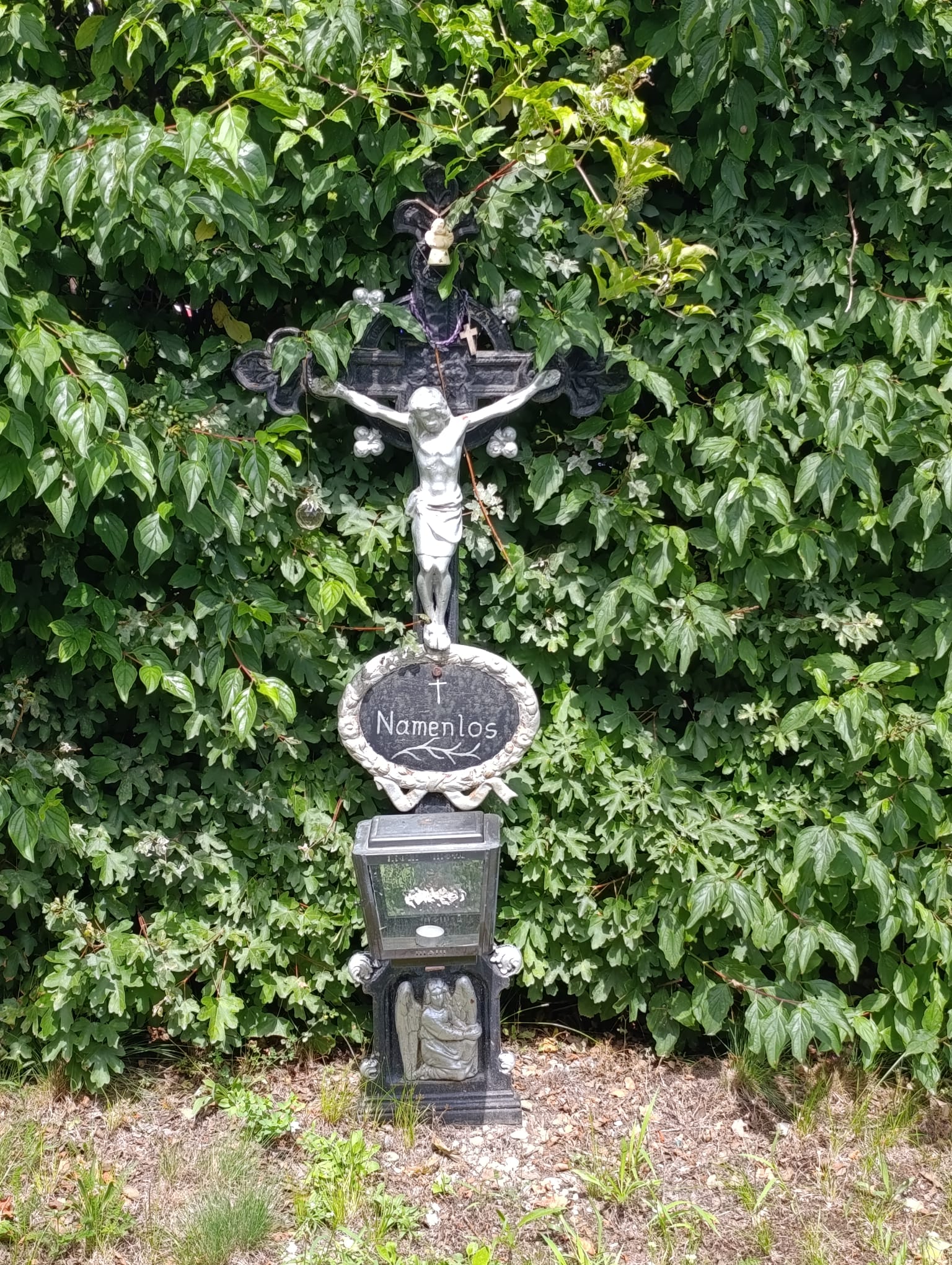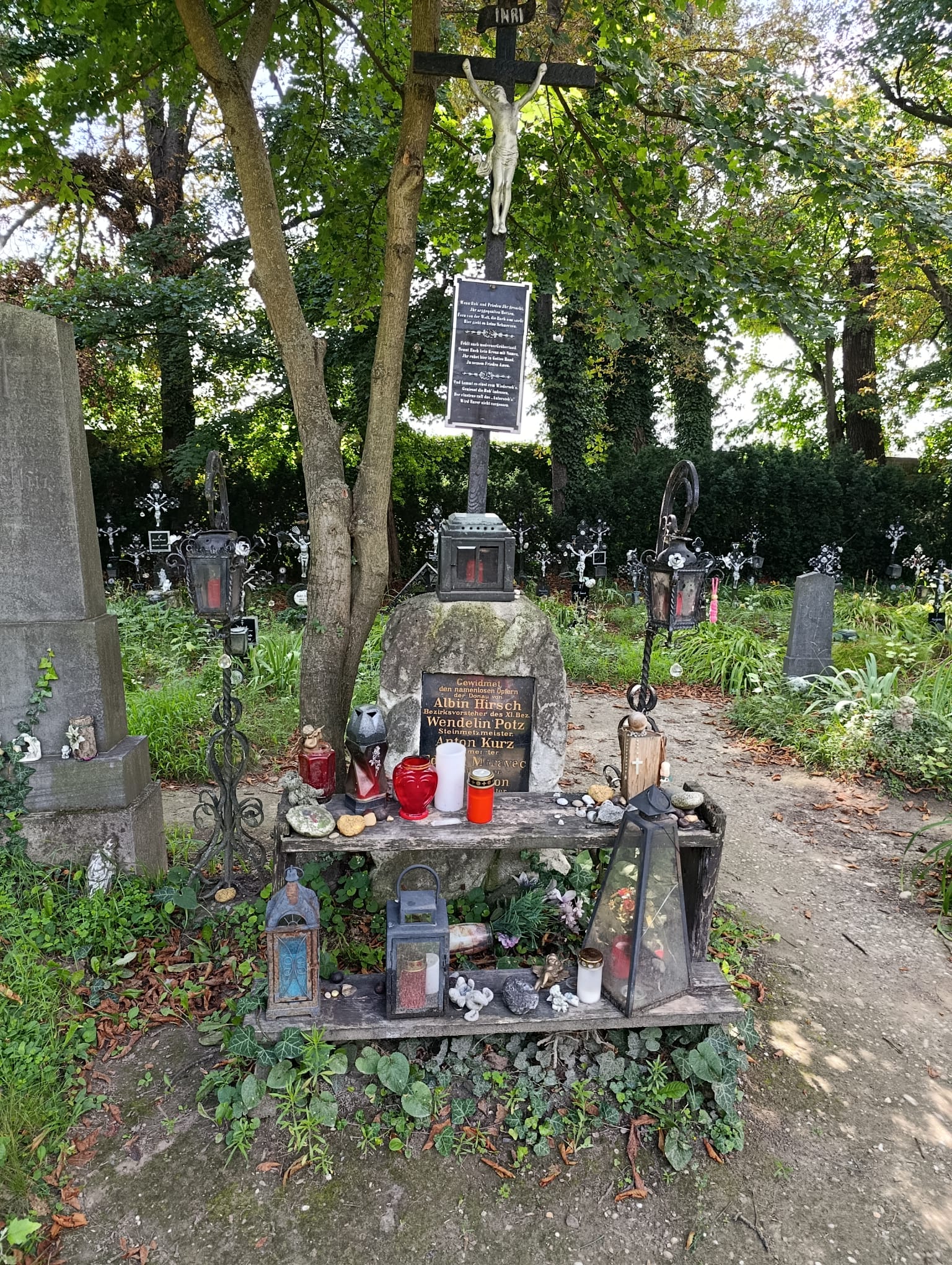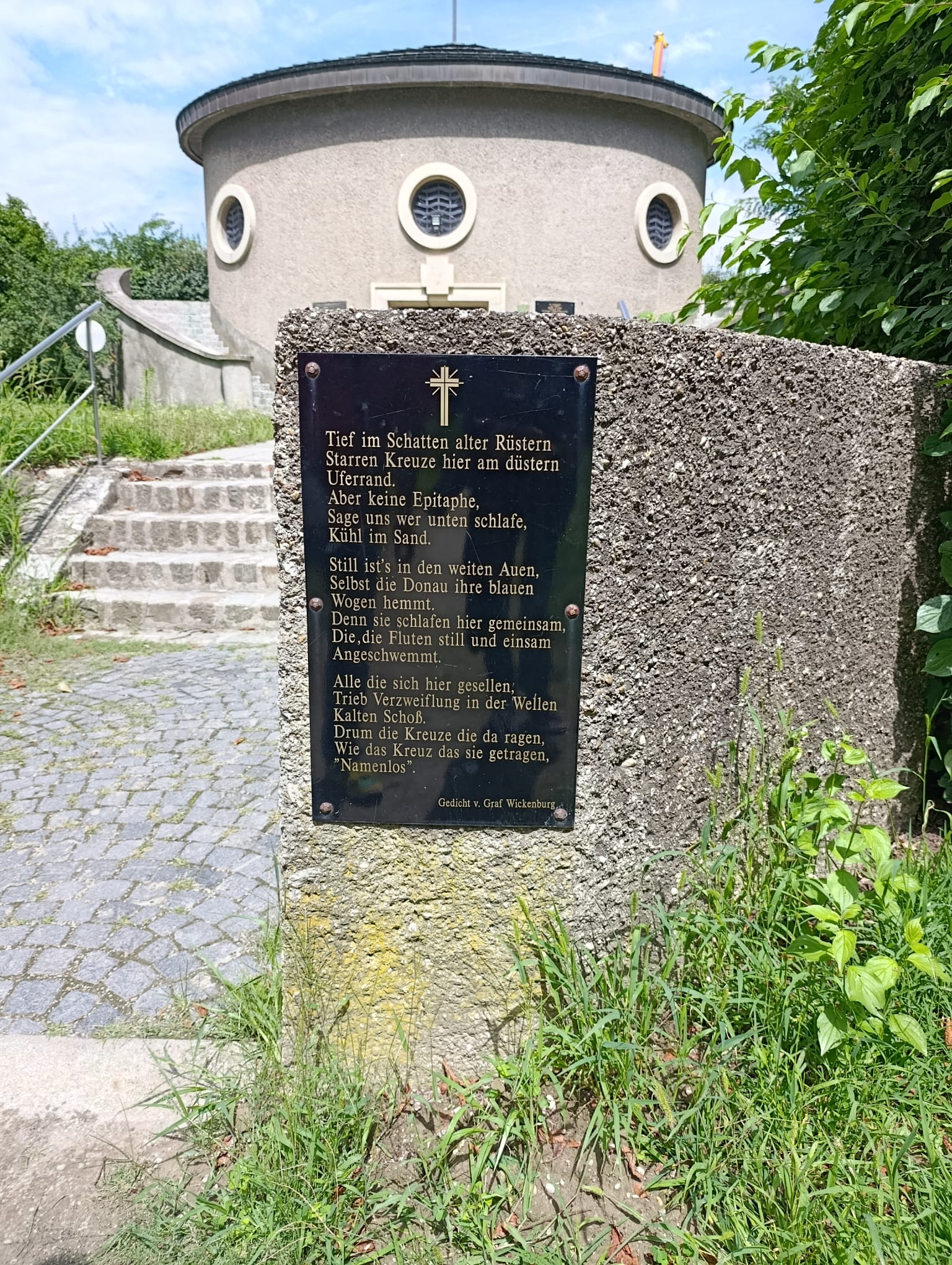
For your satisfaction and suggestions
İGÜMER
In Vienna, amid the sound of the Danube River, lies a modern and heartbreaking echo of this ancient belief: Friedhof der Namenlosen, or the “Cemetery of the Nameless.” This is the resting place for those anonymous bodies carried by the Danube—an ultimate gateway, in a sense, for the forgotten passengers of Charon. Between 1840 and 1940, this cemetery became the final stop for nearly 600 people whose bodies washed ashore. Among them were children, women, the elderly, the young—those fleeing war, succumbing to poverty, cast into exile, or choosing to end their own lives. Their common fate: their names are now lost to history.
Even reaching this cemetery is an experience that leaves a mark on the soul. As you depart Vienna’s elegant, glimmering center, the city’s noise slowly fades into silence, leading you southward toward the Danube’s port. There are few signs along the way—almost as if the place is safeguarding a secret it does not wish to reveal easily. After several transfers and at least a ten-minute walk, the path winds through massive grain silos and cement factories. Walking among these concrete monoliths, you feel not as if you're approaching a cemetery, but rather an abandoned, forgotten industrial zone. This contrast only intensifies the place’s emotional impact: Friedhof der Namenlosen is not only a resting place for the unidentified dead, but also a symbol of forgetfulness, and of all that modernity has rendered invisible.
The Danube is an ancient river flowing through the heart of Europe, connecting civilizations and destinies. For centuries, it bore witness to commerce, migration, and war—silently. It also acts as a boundary: sometimes an escape route, sometimes a bridge to life, and sometimes a final destination. Over time, the river carried many bodies to its shores. Some were accident victims, others murdered, and some were those who could no longer bear the weight of life and surrendered to the waters. Sadly, many remained unidentified—their origins and stories hidden like secrets. They came from the Balkans, the depths of Central Europe, and countless villages and cities along the Danube, only to be found lifeless on Vienna’s shores.
The older part of the cemetery, used between 1840 and 1900, was eventually submerged due to flooding and left behind. Yet resistance to this erasure emerged. In 1900, through the efforts of a compassionate man named Albin Hirsch and several volunteers, a new burial site was established. Another 104 unidentified individuals were buried here. Though the cemetery ceased active use after the Danube's course changed in 1940, it was never abandoned—it has been meticulously preserved. The Vienna Municipality granted it a special status. Yet, few know about this haunting and evocative place, and even fewer go through the trouble of navigating its hidden path to visit it.
One of the most remarkable stories from the cemetery is that of Josef Fuchs, a volunteer gravedigger. Over the years, Fuchs buried these nameless dead one by one. He treated each with care—not as if they were abandoned, but as if he were burying a loved one. In many cases, he tried to identify them, and sometimes succeeded—restoring a name to the forgotten. Even after retiring, he continued to care for the cemetery until his death at age 90. The city of Vienna honored him with the Golden Order of Merit. Today, his name lives on in a commemorative plaque in the cemetery’s small chapel. His dedication stands as a powerful testament to the need to preserve human dignity under all circumstances.
Each year, on the first Sunday after All Saints’ Day, a small but meaningful tradition is upheld at this quiet cemetery. A raft decorated with flowers and candles is released onto the Danube by the Albern Fishermen’s Club. As it slowly glides over the river, it bears a symbolic gravestone inscribed with the words: “To the Victims of the Danube River.” This silent ceremony is a remembrance for those without gravestones, for those whose names are never spoken.
In short, Friedhof der Namenlosen is far more than a cemetery. Within its silence dwell hundreds of untold stories. It is not just about death—it is about human dignity. To bury an unidentified body is to offer a long-overdue witness. In this sense, the cemetery is a powerful symbol of the fragility of collective memory, the persistence of marginalization, and the haunting strength of forgetting. The loss of a name is not just a personal tragedy—it is a wound to the shared memory of humanity.
If one day you find yourself there, you may not encounter another soul. The surroundings are often empty; a deep solitude settles around you. Yet the Danube’s voice still echoes. The wind whispers among the crosses. Perhaps a name, perhaps a lament, or perhaps only a question:
Can a person truly be said to have existed if their name is never spoken?


